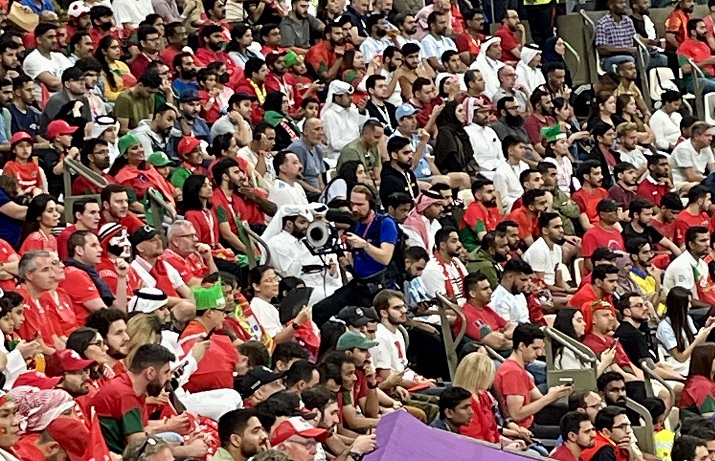Transformative: Zest Technologies considers the changes that SRT devices and apps are bringing to the sports broadcast ecosystem
 By Lorna Garrett, Zest Technologies managing director.
By Lorna Garrett, Zest Technologies managing director.
The evolution of modern broadcast technology does far more than simply make our work faster and more efficient. It allows us to take sports audiences to places and perspectives never before possible. 2023 hammered home this reality through the continued increase in use of Secure Reliable Transport (SRT) as a cost-effective video transport protocol. Developed by Haivision, SRT has emerged as a game changing open source tool. It’s revolutionising how audiences consume sports by enabling footage to be broadcast across unpredictable networks without compromising image quality. Broadcasters can now cover more events that were previously financially onerous to commit to.
Addressing a critical need
The progressive, open-source development of SRT has continued to address a critical need in sports broadcasting by allowing broadcasters to securely route live video streams through unreliable, often public, networks with both flexibility and scalability. Where SRT really shines is in its interoperability, allowing support for a multitude of different source and destination points across all types of IP networks. This flexibility has continued to unlock new possibilities for broadcasters, particularly in scenarios where transmitting to a smaller audience has traditionally been financially challenging.
Historically, reaching a smaller sports audience has represented a major financial hurdle for broadcasters. Even though broadcasting online has become a relatively cost-effective strategy compared to traditional broadcast methods, the potential unpredictability of public networks continues to pose a major challenge. SRT has rapidly emerged as a solution to this challenge, offering a secure and reliable means of transmitting video even over these unpredictable networks.
In 2024, we expect SRT’s continued expansion and development to continue into a vibrant ecosystem. We expect to see even more developers including SRT in their encoders, gateways, decoders, set top boxes, and apps, all the while expanding compatibility and interoperability with both new and existing broadcast technologies.
This trend should continue to benefit our industry, particularly for those broadcasters operating in sports stadiums where remote production is becoming increasingly prevalent. With the possibility for the majority of talent and equipment to reside at a production base, and the stadium hosting only the required cameras and small SRT multi-channel encoders, the possibility for efficient, cost effective broadcasts is even more of a reality.
SRT gateways, often hosted in the cloud, can receive the feed from the stadium through an SRT encoder, enabling quick and efficient distribution to various broadcasters, notably those in other countries who may hold regional rights to specific sports content. Our partners at Haivision and VITEC continue to expand on these gateway possibilities, enabling operability with other SRT encoders and decoders alongside their own.
Beyond broadcast distribution
The advantages of expanded use of SRT go beyond just the logistics of broadcast distribution. In sports broadcasting particularly, producers and directors often expect to be able to monitor multiple video feeds. SRT receivers make this not only possible, but very cost-effective. SRT set-top boxes and free apps such as PlayPro or VLC give them the power to view video content on a plethora of personal devices, offering up the flexibility and adaptability that only modern technology can offer.
What’s amazing to look forward to with SRT is everything that comes from its opensource nature. The protocol helps ensure technological inclusivity well into the future by continuing to foster a vibrant community of skilled developers who are constantly working to improve and adapt SRT to meet the industry’s emerging needs. This organic innovation ensures that SRT will continue to evolve over time, giving broadcasters peace of mind knowing they have access to a reliable and future-proof technology solution.
The continued growth of SRT in 2023 marks what we see as a highly transformative phase in sports broadcasting, addressing the long-standing affordability and broadcast quality challenges needed to open up new possibilities for content distribution.
With 2024 hot on our heels, we see the further adoption of SRT as an open-source transport protocol as a major contributor to the industry-wide rollout of interoperable, innovative solutions for the evolving needs of sports broadcasters worldwide. The collaborative nature of SRT’s dynamic opensource developer community gives us confidence that SRT will continue to respond to modern advancements in our sector, helping solidify it as a key innovative solution in the exciting future of sports broadcasting.

